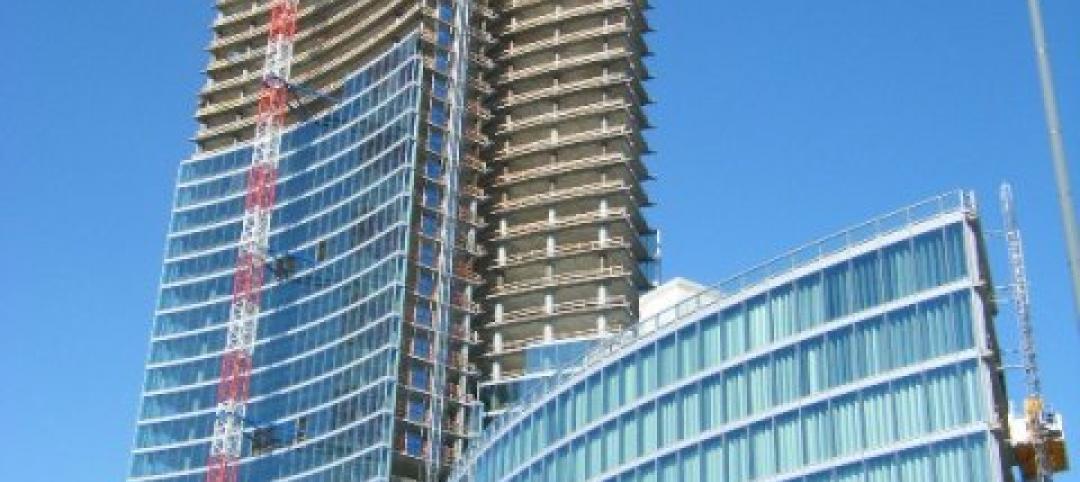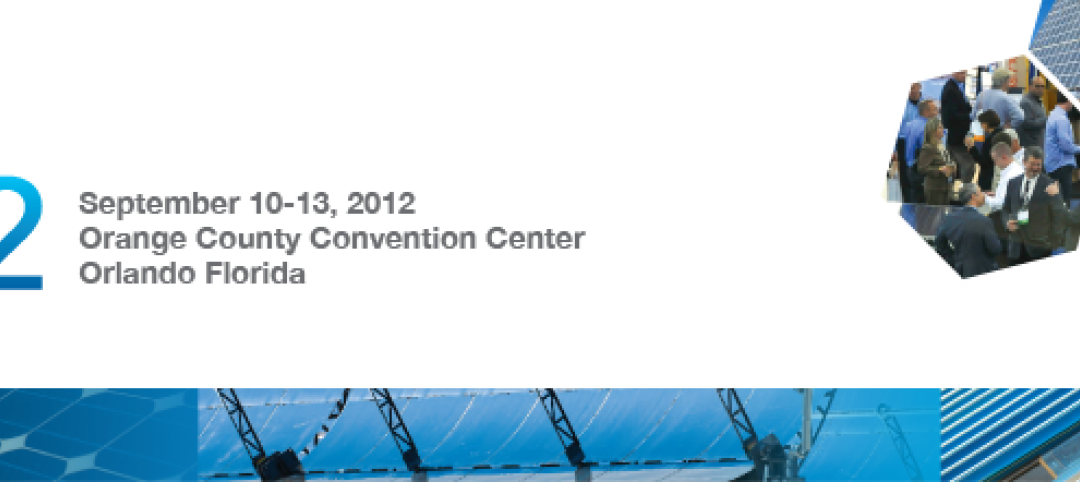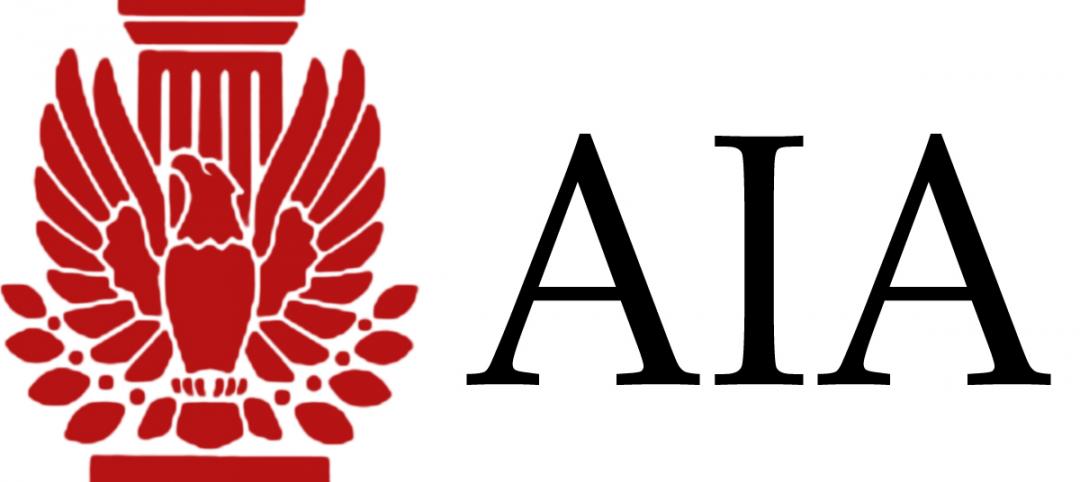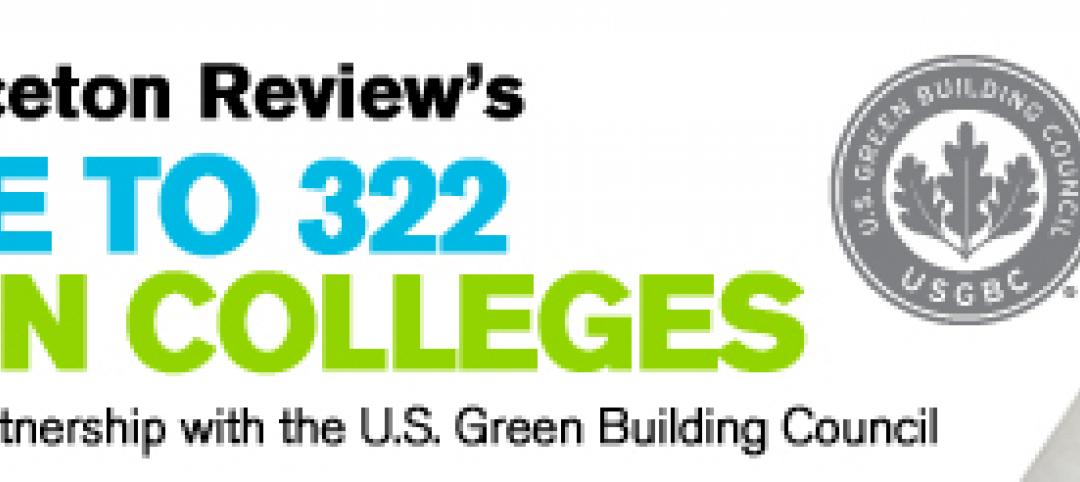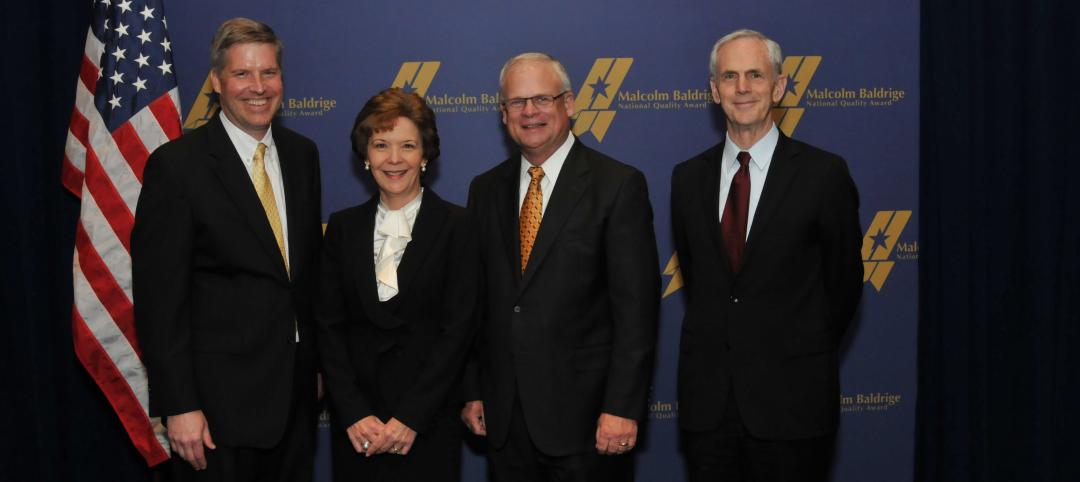Fifty years ago, we were a divided country, but we also went to the moon by agreeing to work together on a common goal. That challenge required stepping out of our competitive silo’s and focusing on something that couldn’t be solved by any one entity alone. It also involved starting down a path before we had all of the answers in order to meet the goals. We did, however, know a direction we wanted to go in and we had a collective motivation to act.
What is our next moon shot? When looking at the “win at all cost” mentalities of our current politics, it is no doubt discouraging to people on all sides. We do, however, face daunting challenges today, and we could use more collective efforts where we chose to work together for a common cause. One of these next moonshot challenges is how we, members of the building community, respond to climate change.
Time is not our friend on this one. If we are to have success, we need to quickly move out of our individual silos and engage the collective of the building community: owners, architects, engineers, contractors, and material suppliers. If we can find common causes where we can work together, we can set forth thoughtful ideas, and scale their speed of adoption.
A recent example of how this can happen in the AEC industry is the development of the Embodied Carbon in Construction Calculator (EC3). Nearly 50 industry partners came together to develop and deploy this groundbreaking cloud-based tool. It is free and open access. It helps building teams evaluate a project’s overall embodied carbon emissions during design and procurement decision making, making it easier to compare like materials, and enabling the specification and procurement of the lower carbon material options.
The tool and its subsequent impact on the industry is driving a growing demand for lower-carbon building solutions and incentivizing manufacturers and suppliers to invest in disclosure, transparency, and material innovations that reduce the carbon emissions of their products. (To understand how to integrate EC3 into a project’s workflow, check out the EC3 AEC industry primer.)
There are many partners that have helped bring the EC3 tool into existence, including Skanska and C Change Lab’s origin of the idea. For our part, the MKA Foundation as the lead funder to date, in coordination with the Charles Pankow Foundation, as both a funder and the collective grant manager, supported the Carbon Leadership Forum for the tool’s development.
Embodied Carbon in Construction Calculator (EC3) Partners
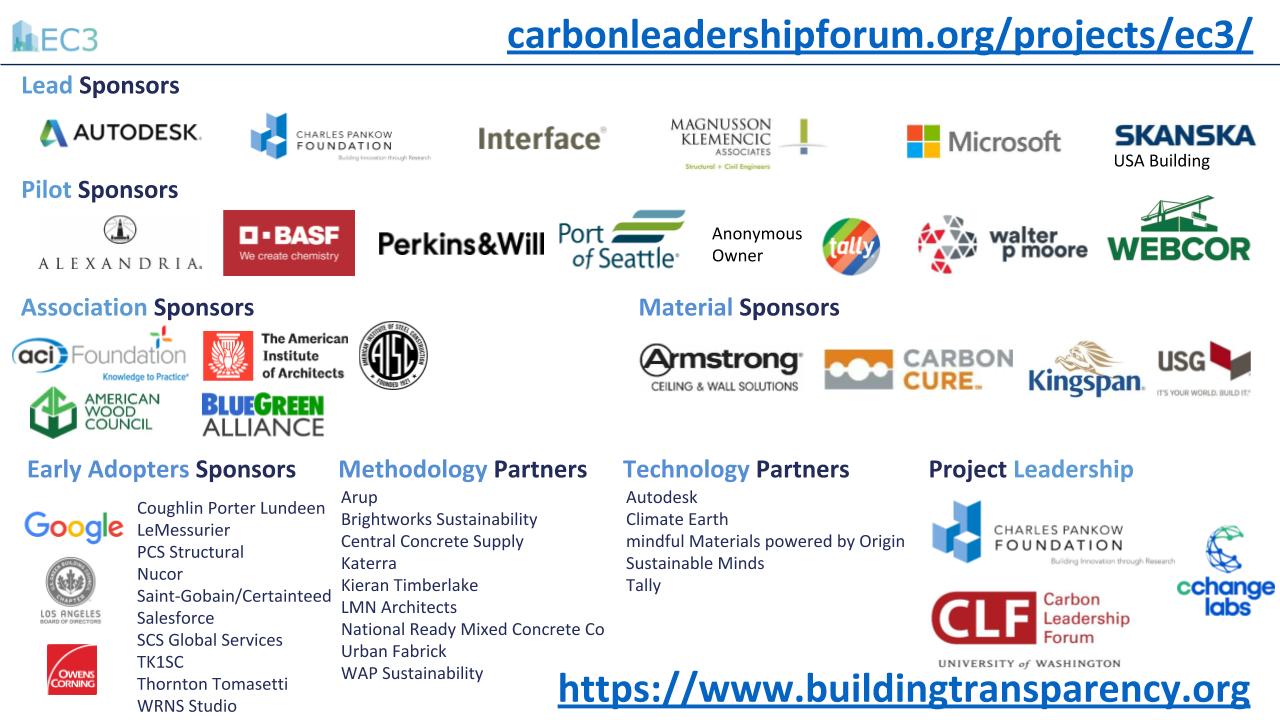
CLICK HERE TO ENLARGE
One key to this effort’s success was the approach advocated by the Charles Pankow Foundation and the Carbon Leadership Forum, encouraging a culture focused on collective impact and collaborative actions--where self interests routinely are set aside so diverse groups of leaders can engage, challenge conventional wisdom, and reshape the conversation.
This approach led to peers and competitors alike being able to engage in a common space, including for the structural community, the American Institute of Steel Construction (AISC), the American Concrete Institute (ACI), and the American Wood Council (AWC), each providing funding and technical input. Getting these three main material-focused organizations to agree to work on a common effort that was bigger than any one of them has been a major collective action accomplishment.
The model deployed by this project raises the bar for how the design and construction industries can come together to work on collective initiatives that are in all our interest. Through collective action, it is already paving a way to address the carbon reduction goals for our industry.
We hope that this project will inspire our industry to do more of the same. If you have an idea worthy of a collective action initiative, we invite you to engage this same model and seek out partners that are willing to invest and engage with you to bring your idea forward. When we choose to work together, many things are possible. Even ideas as ludicrous as going to the moon.
Related Stories
| Apr 25, 2012
J.C. Anderson selected for 50,000-sf build out at Chicago’s DePaul University
The build-out will consist of the construction of new offices, meeting rooms, video rooms and a state-of-the-art multi-tiered Trading Room.
| Apr 24, 2012
ULI Real Estate Consensus Forecast, projects improvements for the real estate industry through 2014
Survey is based on opinions from 38 of the nation’s leading real estate economists and analysts and suggests a marked increase in commercial real estate activity, with total transaction volume expected to rise from $250 billion in 2012 to $312 billion in 2014.
| Apr 24, 2012
McLennan named Ashoka Fellow
McLennan was recognized for his work on the Living Building Challenge.
| Apr 24, 2012
AECOM design and engineering team realizes NASA vision for Sustainability Base
LEED Platinum facility opens at NASA Ames Research Center at California’s Moffett Field.
| Apr 20, 2012
McCarthy completes Santa Barbara Cottage Hospital Replacement Facility
The new hospital’s architectural design combines traditional Santa Barbara Spanish colonial architecture with 21st century medical conveniences highlighted by a therapeutic and sustainable atmosphere.
| Apr 20, 2012
Registration open for Solar Power International 2012 in Orlando
President Bill Clinton to deliver keynote address at ?largest solar energy event in the Americas.
| Apr 18, 2012
Positive conditions persist for Architecture Billings Index
The AIA reported the March ABI score was 50.4, following a mark of 51.0 in February; greatest demand is for commercial building projects.
| Apr 17, 2012
Princeton Review releases “Guide to 322 Green Colleges”
The guide profiles 322 institutions of higher education in the U.S. and Canada that demonstrate notable commitments to sustainability in their academic offerings, campus infrastructure, activities and career preparation.
| Apr 17, 2012
FMI report examines federal construction trends
Given the rapid transformations occurring in the federal construction sector, FMI examines the key forces accelerating these changes, as well as their effect on the industry.
| Apr 17, 2012
Freese and Nichols awarded Malcolm Baldridge National Quality Award
Freese and Nichols is the only engineering and architecture firm to ever receive this recognition.




